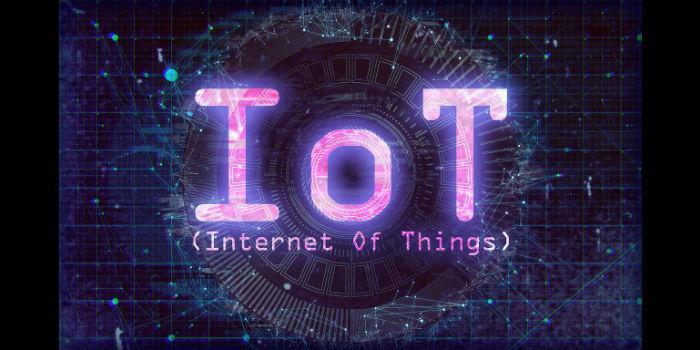 International. The world of connected security devices is no longer just about residential systems. Advances in Internet of Things (IoT) technologies promise to improve the range of communication pathways available for data exchange in building systems.
International. The world of connected security devices is no longer just about residential systems. Advances in Internet of Things (IoT) technologies promise to improve the range of communication pathways available for data exchange in building systems.
The adoption of IoT communication protocols in intrusion alarm systems will increase the average number of sensors connected to each system and could promote the wider deployment of wireless sensors in commercial facilities. As a result, the volume of professional wireless security sensor shipments will increase at a compound annual growth rate of 6 percent over the 2018-2023 period, IHS Markit forecasts.
Recently, the telecommunications industry has made efforts to develop alternative networks to help solve problems such as signal pollution, insufficient range, power consumption, capacity, and the cost of the devices that will be connected to these networks.
Narrowband accelerates IoT connectivity
To help meet this communications challenge quickly, telcos have dedicated part of their Global Mobile System (GSM) communications infrastructure to ioT-friendly technologies called narrowband IoT (NB IoT): CAT-NB and LTE-M. CAT-NB and LTE-M are two IoT-friendly protocols that operate as part of existing mobile networks, enabling service providers to offer immediate IoT connectivity to their customers.
However, NB IoT deployment costs are quite high compared to other low-power wide area networks (LPWANs) and therefore may not be the best choice for single-building installations. In addition, because NB IoT uses existing mobile networks and their frequencies, it still faces the same challenges of weak signal penetration in thick-walled buildings or underground facilities.
Wide area and low-power networks join the IoT
LPWANs such as LoRaWAN and Sigfox are the two most popular alternatives that work alongside 3G, 4G and 5G frequencies. Each has specific characteristics that make them suitable for IoT applications in urban or rural areas. These networks allow for public and private configurations that may be more suitable for specific installations. They also allow network owners to customize communications and security measures according to their specific requirements. In addition, signals sent through such networks may be more resistant to interference; LoRa, for example, sends the signals across a wider frequency spectrum.
The advent of advanced IoT connectivity in commercial intrusion alarm facilities will mean that wireless sensors can finally be deployed on a much wider scale. This is because the battery life, range and maintenance of such systems will be much less labor-intensive.
In addition, the distance from the main control panel can pose a challenge to the reliable communication of the device. LPWAN protocols help eliminate this problem without the need for additional signal repeaters. Such sensors, even if implemented for the specific purpose of providing intrusion detection, will be ready for use in setting up a smart building without additional systemic changes.
Ultra-low deployment costs will allow end users to connect more smart devices at a lower cost than adding ZigBee/Z-Wave devices. The cost of adding LoRa LPWAN modules to the intrusion control panel is minimal, at $5, while a Z-Wave module adds about $50.
The obstacles
One of the key barriers that can prevent the adoption of pure IoT technologies in intrusion alarm facilities is regulation. While Z-Wave technology received a UL certification in 2017, none of the other IoT-specific technologies have done so yet.
Cybersecurity risks will also need to be carefully examined and designed based on the system architecture. In the case of private IoT networks, responsibility for the continuity, maintenance, repair, and security of the network will lie with the network owner. This responsibility will require the employment of staff members with relevant experience.
This can be an activity that requires too much effort for building developers, manufacturers or service providers. Therefore, companies wishing to use IoT network services for their connected buildings will need to use the services of mobile network providers or work with local IoT network developers.
* Written by Anna Sliwon-Stewart, Market Research Analyst, IHS Markit.

























Leave your comment